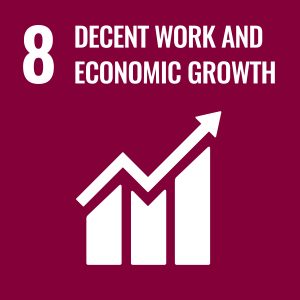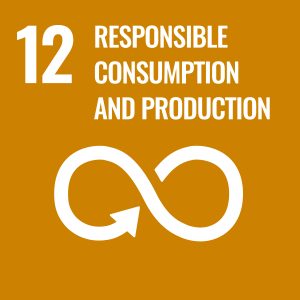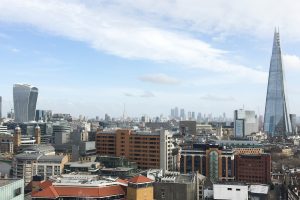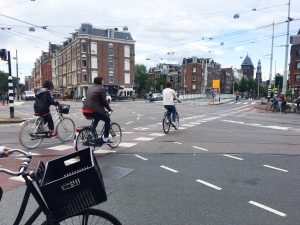
Source: Renata Cleaver Malzoni
People are the heart of cities. They occupy the streets and roads by foot, bicycle, bus, and car, moving around to go to work, to shop, to play, to meet friends and family, or to just wander around and enjoy the scenery. People build, with their innovation and creativity, cities from the bottom up, generating the buzzing cosmopolitan life that keeps us hooked on urban centers. And with the improvement of transportation systems and new technological advances, this movement has gone global. From tourism to studying abroad, to migration, people are on the move, and cities are very often the desired destination.
Increasing people flow on a global scale and the challenges related to managing human mobility are some of the issues described in our recently published book, “Cities and International Outreach: The era of the global city.” This is the fifth volume of our series titled ““IESE Cities in Motion: International Urban Best Practices,” which addresses the key challenges cities face in the 21st Century and highlights some of the best practice examples in cities worldwide. Cities and International Outreach speak to some of the significant issues cities may face in regards to internationalization and globalization, including the enhancement of economic activity and foreign direct investment, managing migration flows, attracting human capital, handling overtourism, or increasing cities’ voice in global governance, among others.
Tourism in cities
The tourism industry has grown immensely in the last decade, and in 2017 it made up 10.4% of the global GDP, contributing in US$8.3 trillion to the economy. However, that same year, locals took to the streets in Venice and Barcelona to voice their discontent with the impact mass-tourism was having in their community. From increasing rent to wear-and-tear of infrastructure, many felt that their beloved city fabric was in duress.
We must be wary of “tourist-phobia” and find a balance that works for tourists and locals. The recommendations made by the World Tourism Organization (UNWTO) echo our concern, calling for local authorities to manage tourism growth sustainably, as it can be a great ally to conservation, preservation, and the community, as well as boosting the economy.
In our analysis in Volume 5: Cities and International Outreach, we identified a key change in people’s behavior nowadays. In response to overtourism, more and more people are seeking authentic and unique experiences when traveling, as well as searching for responsible touristic experiences that benefit both visitors and local citizens. Sustainable tourism can also be found in the 2030 Sustainable Development Goals, as a key target for Goal 8 – Decent Work and Economic Growth, Goal 12 – Responsible Consumption and Production and Goal 14 – Life Below Water.
   |
Innovative solutions are emerging in cities across the globe, seeking more sustainable growth and development of tourism. One of the creative solutions cities such as London and Amsterdam have come up with to avoid overcrowding is to attempt to ‘spread out’ the visitors, encouraging them to come and visit during low season, as well as go off the beaten path and experience the city like a local.

London skyline from Tate Modern’s viewpoint / Source: Renata Cleaver Malzoni
London’s 2017 vision for tourism places a focus on encouraging people to visit the city during off-peak times of the year, as well as boosting areas beyond central London. Key aspects of the city they highlight are rewarding food experiences, and London’s rich cultural offer – inviting visitors to explore life like a local, exploring different neighborhoods, cuisines, and small cultural centers. In this way, tourism shifts from queuing long hours to visit historical sites to living the life of a Londoner, even if for a weekend break.
A key part of the vision is to harness digital technology, which in the future will allow visitors to connect to an enormous amount of content that they can shape to match their interests. Accordingly, in 2019 Visit Britain, the UK’s national tourism agency, collaborated with AirBnb to promote Airbnb Experiences, in a £500,000 match-funded partnership to promote local businesses. This particular initiative aims to encourage domestic tourism, inspiring young Brits to take ‘micro-gaps’ (weekend breaks) within the country to boost the economy.

Bike traffic in Amsterdam / Source: Renata Cleaver Malzoni
Similarly to London, Amsterdam has implemented changes to dampen overcrowding, whilst still encouraging visitors to come the lively capital. In 2017, they piloted the Live Lines website for three months, where visitors could see in real time the queue times for 10 of the most sought out museums of the city. Furthermore, amsterdam&partners, who run the platform Iam Amsterdam, are a public-private non-for profit group dedicated to promote activities and information to residents, businesses and visitors alike. They want to send the message that Amsterdam is “a city where economic development doesn’t come at the cost of liveability”.
London and Amsterdam provide great examples of city government initiatives looking into the future to promote a more sustainable tourism, benefiting residents, businesses and visitors!
Have you come across interesting initiatives to promote sustainable tourism in your city? Let us know commenting below!
For more insight on strategies to address overtourism and other internationalization challenges in cities, check out our article “How to be a global city that’s not a victim of its own success”.






I agree with the text, but makes you think. Authentic and unique experiences are limited, more people are looking to have this sort of experiences, however that would only move the problem from one spot to another (Even Mount Everest gets crowded and it is a hard to access place and expensive). In a near future, more and more natural places will be restricted to x amount of visitors.
Very good information, article highly recommended!
A Fabulous post. I really amazed by that stuff.
This is a nice piece of content.
Cool! Thanks to the author for informing me. It seems to me at the moment this is one of the most objective indexes for evaluating cities in the world.
Great Post! Share more engaging content with us.
This is a great post. I hope many attraction cities around the world restore back to the sustainable tourism model soon enough.
Avesome
Thank you for the this content
Hello, I enjoy traveling to many locations. This is some excellent information about fantastic travel. I appreciate your sharing. I’ll have to visit there before giving my opinion.
This article highlights the vibrant cosmopolitan life of cities and addresses the challenges brought about by the increasing global mobility of people. Emphasizing how individuals shape cities through innovation and creativity provides insight into the formation of urban infrastructures. The focus on the impact of tourism on cities underscores the importance of sustainable tourism and calls for a balance between the interests of locals and tourists. Additionally, it points out a shift in people’s travel behavior towards seeking authentic and responsible tourist experiences. The overall tone of the article allows for an understanding of the various challenges cities face in the process of globalization, along with showcasing some of the best practices developed in response to these challenges.
You actually said it fantastically.
This article beautifully highlights the balance cities must strike between welcoming visitors and maintaining liveability for residents. I especially appreciate the innovative efforts by London and Amsterdam to spread out tourism and enhance local experiences. Encouraging off-peak travel and promoting lesser-known neighborhoods is such a smart, people-centered approach.
I also explore how food culture and local dining experiences play into sustainable tourism on my blog. Feel free to check it out: https://chipotlemenusandprices.com/. It’s amazing how cuisine can bridge the gap between tourists and local communities!